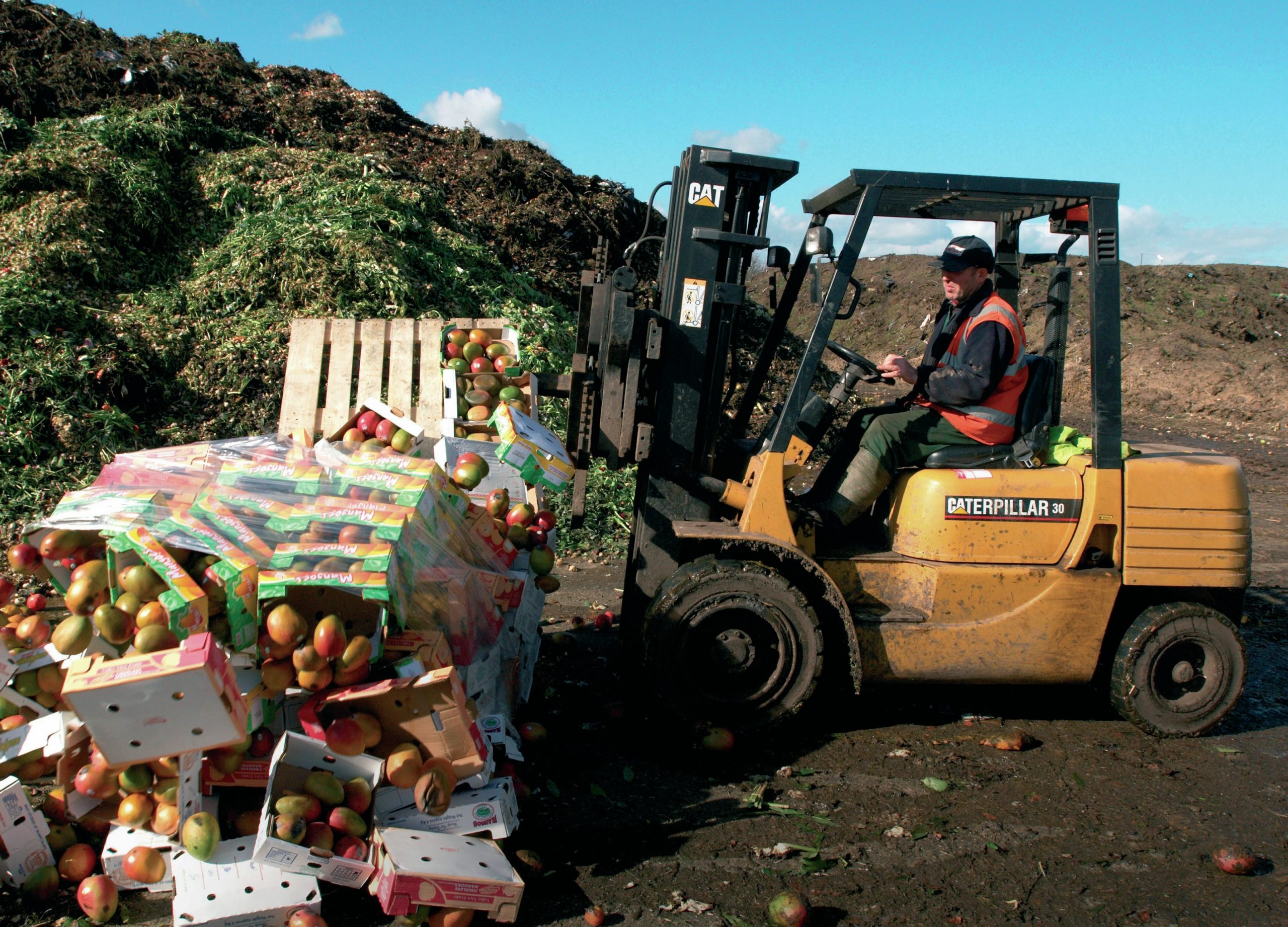
The issue of food loss and waste is mainly a problem in developed countries (also known as high-income countries or HICs). The term ‘food loss’ is used to describe the food which is thrown away before it reaches shops. This could be due to poor packaging, storage and transportation. ‘Food waste’ refers to food which consumers have thrown away after buying it. This is more common in developed countries compared to food loss.
The issue of food waste is vast. Approximately 1.3 billion tonnes of food is wasted every year (2015 estimate) worldwide. This is a third of all food produced. The environmental consequence of wasted food is two-fold. First, wasted food needs to be disposed of, including its packaging, which results in increased use of landfill. Second, wasted food occupies the equivalent of 1.4 billion hectares. This land could otherwise be farmed to help feed the approximately 805 million people who suffer from chronic undernourishment. In the UK alone, 15 million tonnes of food is lost or wasted each year, with the most commonly wasted foods being bread, vegetables, fruit and milk. The average family wastes £700 worth of food every year.
Your organisation does not have access to this article.
Sign up today to give your students the edge they need to achieve their best grades with subject expertise
Subscribe




